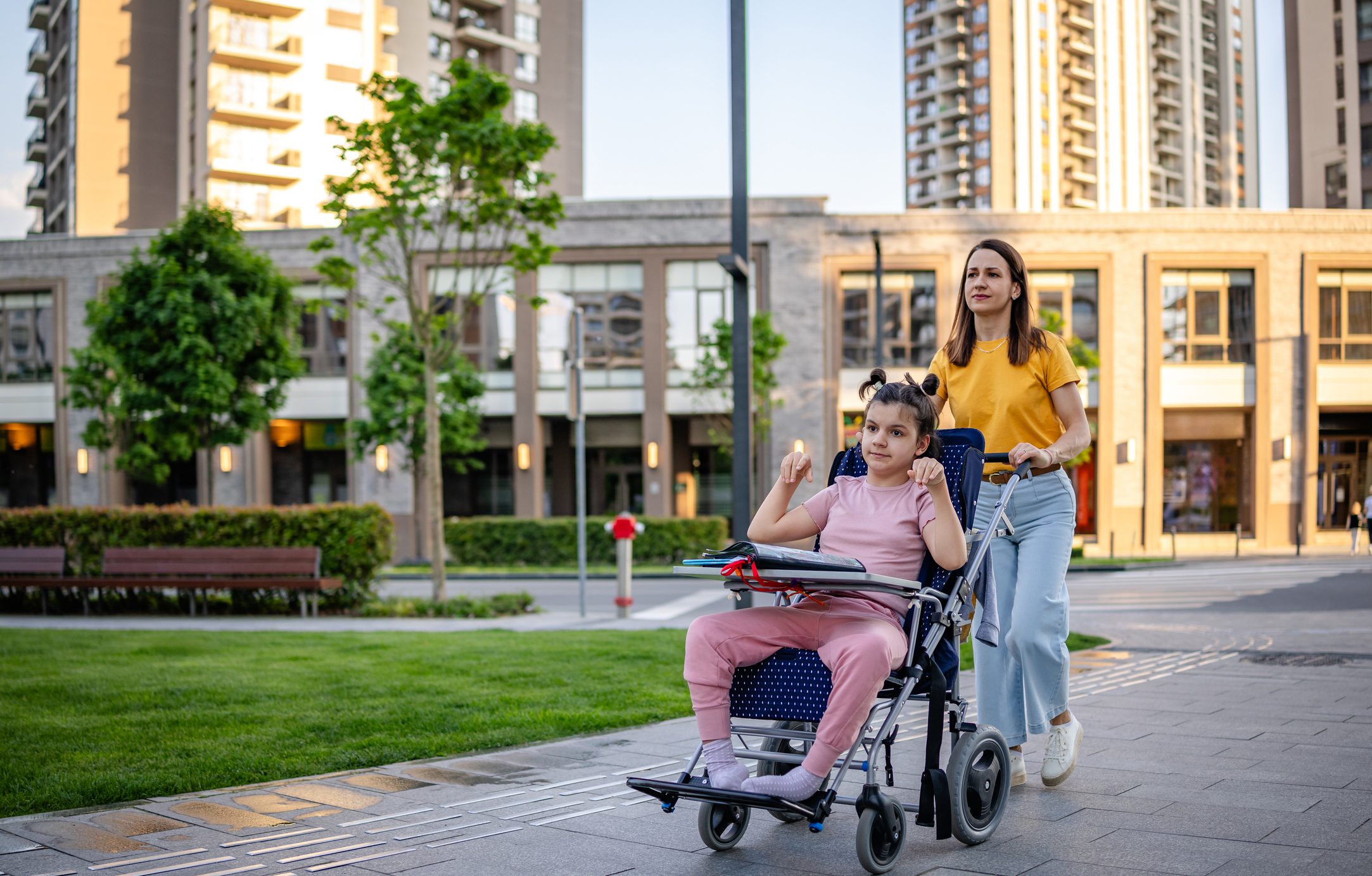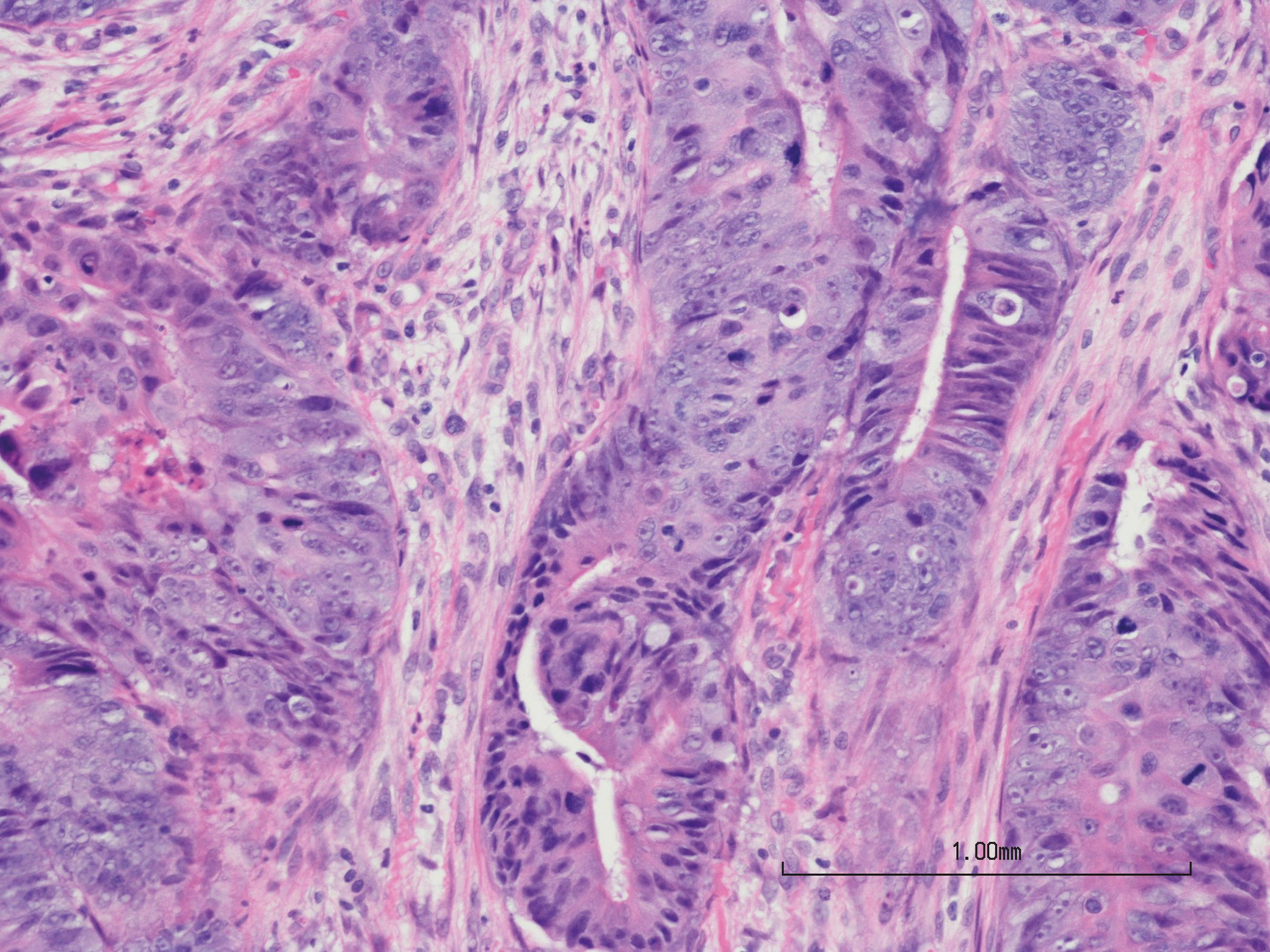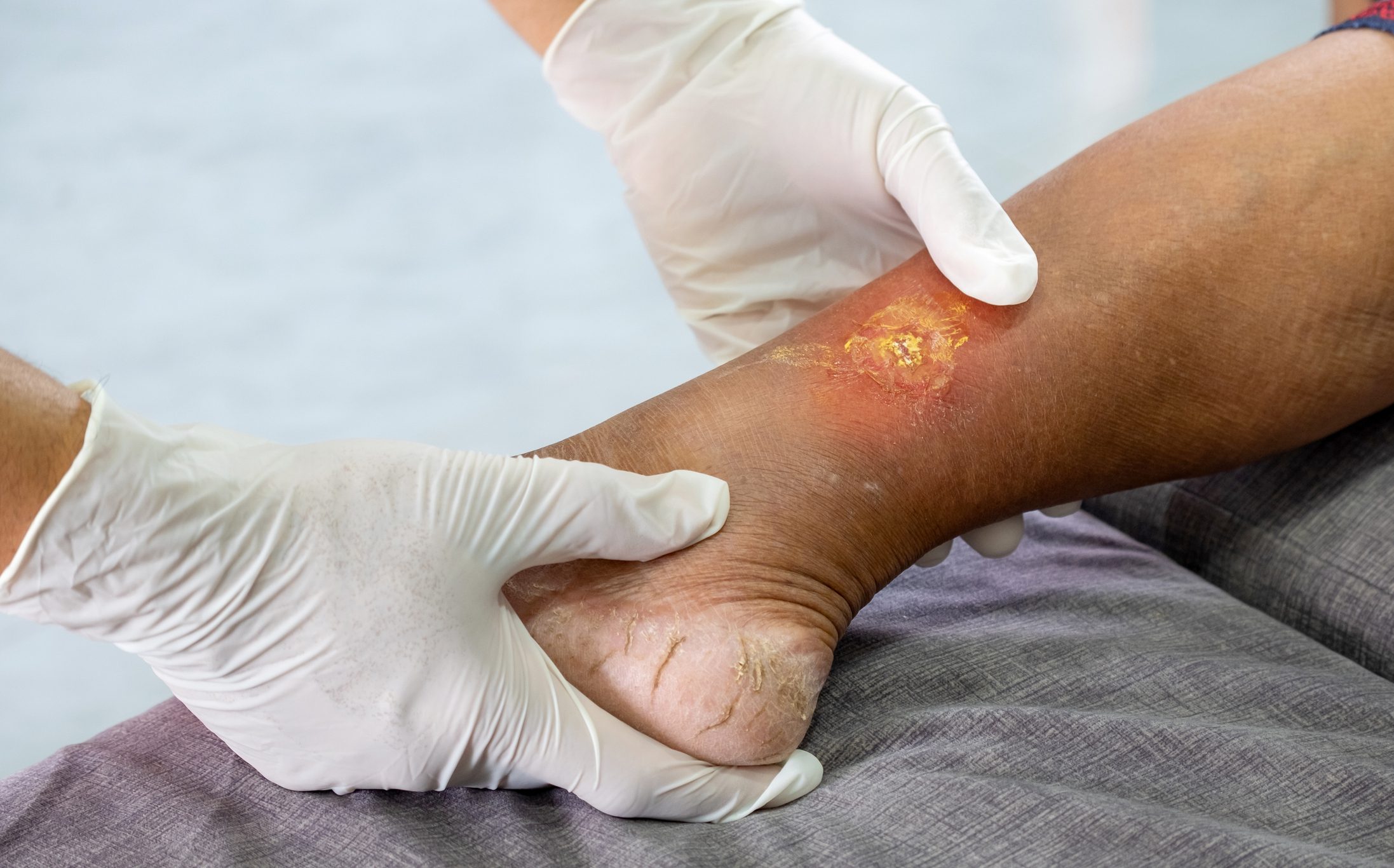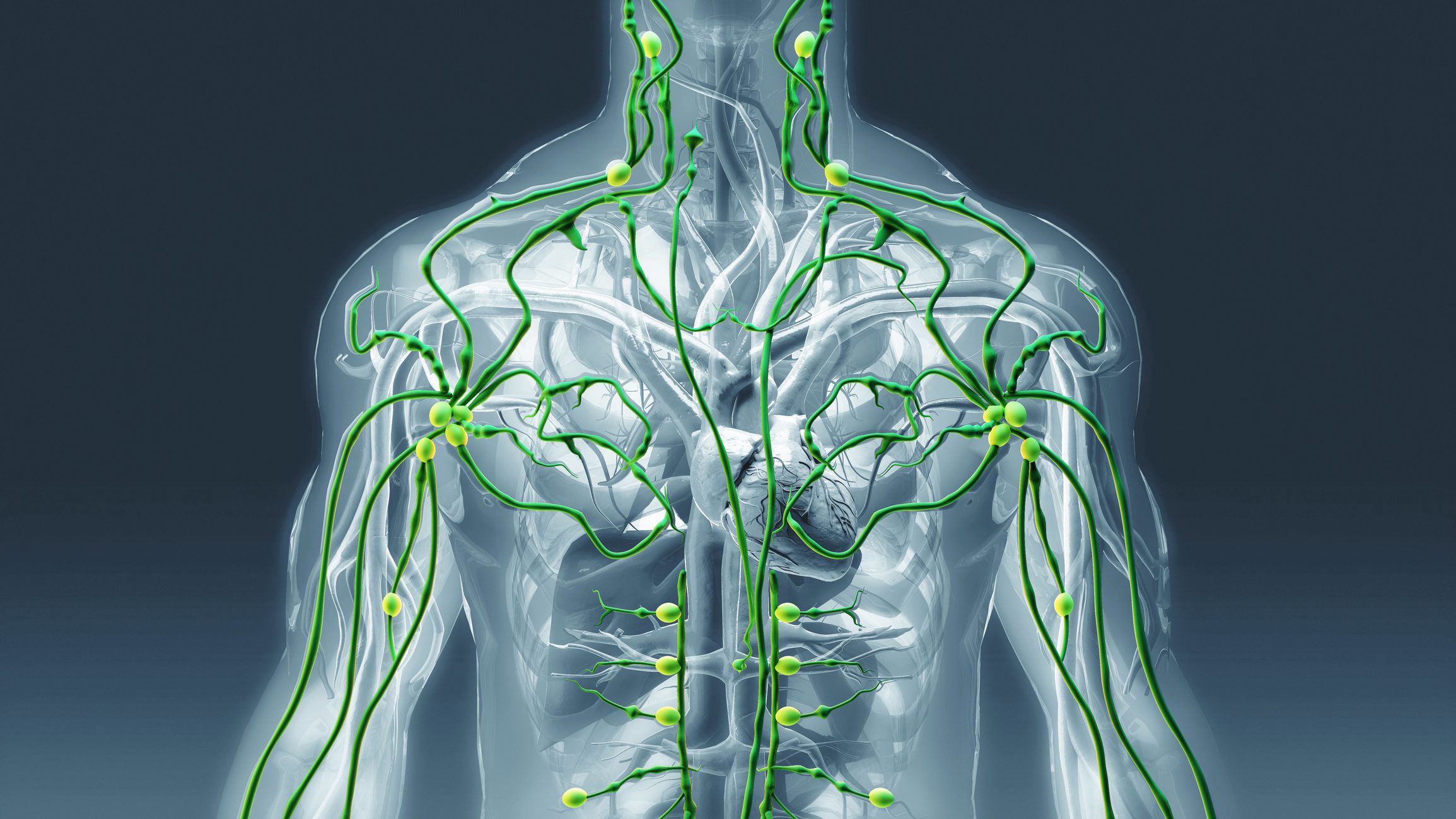Caring for young patients regularly presents doctors with special challenges. In addition to the specific manifestations of age-independent neurological diseases in children, the focus is also on malformations and hereditary diseases of the nervous system. The range is wide and research is lagging behind in some areas. However, there are new developments that affect the pathophysiology of pediatric diseases, among other things.
Whole exome sequencing (WES) and whole genome sequencing (WGS) are increasingly being used to diagnose mitochondrial diseases. However, the incidence of mitochondrial diseases in critically ill patients using WGS or WES remains underreported, and the diagnostic yield of WGS or WES compared to other sequencing methods for mitochondrial diseases is not well known. Therefore, the utility of WGS/WES in the diagnosis of rare mitochondrial disorders in critically ill children was investigated in more detail [1].
A retrospective cohort study was conducted at a single center with all participants under 6 years of age who had a clinical and/or molecularly confirmed diagnosis of mitochondrial disease between 1.1.2018 and 1.1.2023. The proportion of participants presenting to the neonatal or pediatric intensive care unit was assessed and their clinical features and genetic test results characterized. Of the 22 participants who met the inclusion criteria, 12 (54%) were in critical condition; 7 (58%) in the NICU, 5 (42%) in the PICU; 2 (9%) were deceased at the time of writing. 19 participants (86%) had a confirmed molecular diagnosis, 11 of whom were critically ill.
Of the 19 participants with a molecular diagnosis, 13 (68%) were diagnosed by WES or WGS platforms that include mtDNA sequencing. 32% had a pathogenic mtDNA variant, while 68% had pathogenic nDNA variants. Of the mtDNA variants identified, 5/6 were critically ill. Of the 12 critically ill patients, 10 (91%) received a molecular diagnosis using WGS or WES. Of the 10 non-critically ill patients, 3 (30%) were diagnosed with WGS or WES, and 2 (66%) of them underwent at least one other genetic test with no result. In summary, WGS/WES offer a high diagnostic yield in critically ill patients with mitochondrial diseases.
On the trail of phenotypes
ATP1A2 and ATP1A3 are paralogous genes encoding the α-2 and α-3 subunits of the Na/K-ATPase ion channels, which are mainly expressed in the CNS. Variants in ATP1A2 and ATP1A3 are classically associated with paroxysmal movement disorders such as familial hemiplegic migraine and childhood alternating hemiplegia, although they are increasingly associated with a broader range of phenotypes. I
n a description of a large case series of 31 patients, the phenotypic range of these complex diseases is illustrated [2]. Of 31 patients, 24 had a seizure (77%), 20 had a developmental delay (65%) that often occurred before the seizures that brought them to the clinic, 11 developed movement disorders (35%), 10 had first seizures triggered by illness or fever (32%), and 7 had migraines (23%). It is noteworthy that two patients had recurrent apnea episodes (6%) and two patients also had a cardiac arrest (6%). 17 patients had variants in ATP1A2 (55%) and 14 in ATP1A3 (45%). The age of onset ranged from birth to 12 years. Severity varied widely and included patients with isolated, rare hemiplegic migraine, non-retractable seizures and epileptic encephalopathy.
Diseases caused by pathogenic variants in ATP1A2 and ATP1A3 can manifest themselves in a variety of ways and with an equally wide range of severity. Seizures and developmental delay are the most common findings, with developmental delay often occurring before medical treatment. Patients may also present with movement disorders, encephalopathy, migraine, respiratory arrest or cardiac arrest. The first episodes can be triggered by an infection or fever. These cases highlight the importance of considering genetic testing in patients with many neurological phenotypes, as these may have therapeutic implications – with calcium channel blockers such as verapamil and flunarizine or memantine being used in patients with variants in ATP1A2 and ATP1A3.
Functional consequences of CIC malvariants
Heterozygous de novo variants of the transcriptional repressor CIC have been found to lead to CIC haploinsufficiency syndrome (CHS) – a neurodevelopmental disorder characterized by intellectual disability, ADHD, autism and seizures. To understand how the loss of CIC leads to these phenotypes, both germline and conditional loss-of-function (LOF) mouse models were generated. It has been hypothesized that missense variants alter CIC function along a spectrum, with more severe variants leading to CHS and milder variants leading to schizophrenia.
Therefore, homozygous mice were generated for each variant and viability was investigated [3]. Interestingly, three lines (2 CHS and 1 schizophrenia) resulted in lethality on postnatal day 21. In contrast, the three lines that did not alter viability showed no behavioral deficits after a complete behavioral battery, suggesting that they may not be pathogenic.
Congress: American Academy of Neurology Annual Meeting (AAN)
Literature:
- Owen M, et al: Whole Exome and Whole Genome Sequencing for the Diagnosis of Mitochondrial Diseases in Critically Ill Children. Abstract S8.002. American Academy of Neurology Annual Meeting (AAN). 13-18.04.2024. Denver (USA).
- Domingue A, et al: Phenotypic Variability in Patients with Pathogenic Variants in ATP1A2 and ATP1A3. Abstract S8.003. American Academy of Neurology Annual Meeting (AAN). 13-18.04.2024. Denver (USA).
- Durham M, et al: Functional Evaluation of CIC Missense Mutations Identified in Neuropsychiatric Disorders. Abstract S8.004. American Academy of Neurology Annual Meeting (AAN). 13-18.04.2024. Denver (USA).
InFo NEUROLOGY & PSYCHIATRY 2024; 22(3): 26 (published on 31.5.24, ahead of print)












